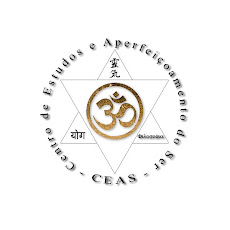Friday, June 11, 2010
Chakras I
Chakra (derived from the Sanskrit cakraṃ चक्रं ([ˈtʃəkrə̃]), pronounced [ˈtʃəkrə] in Hindi; Pali: ॰हक्क chakka, Chinese: 轮, Tibetan: འཁོར་ལོ་; khorlo) is a Sanskrit word that translates as "wheel" or "turning".
Chakra is a concept referring to wheel-like vortices which, according to traditional Indian medicine, are believed to exist in the surface of the etheric double of man. The Chakras are said to be "force centres" or whorls of energy permeating, from a point on the physical body, the layers of the subtle bodies in an ever-increasing fan-shaped formation (the fans make the shape of a love heart). Rotating vortices of subtle matter, they are considered the focal points for the reception and transmission of energies. Seven major chakras or energy centres (also understood as wheels of light) are generally believed to exist, located within the subtle body.
It is typical for chakras to be depicted as either flower-like or wheel-like. In the former, a specific number of petals are shown around the perimeter of a circle. In the latter, a certain number of spokes divide the circle into segments that make the chakra resemble a wheel or chakra. Each chakra possesses a specific number of segments or petals.
Texts documenting the chakras go back as far as the later Upanishads.


